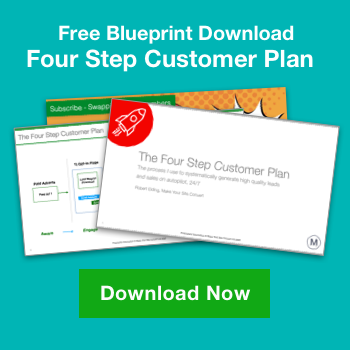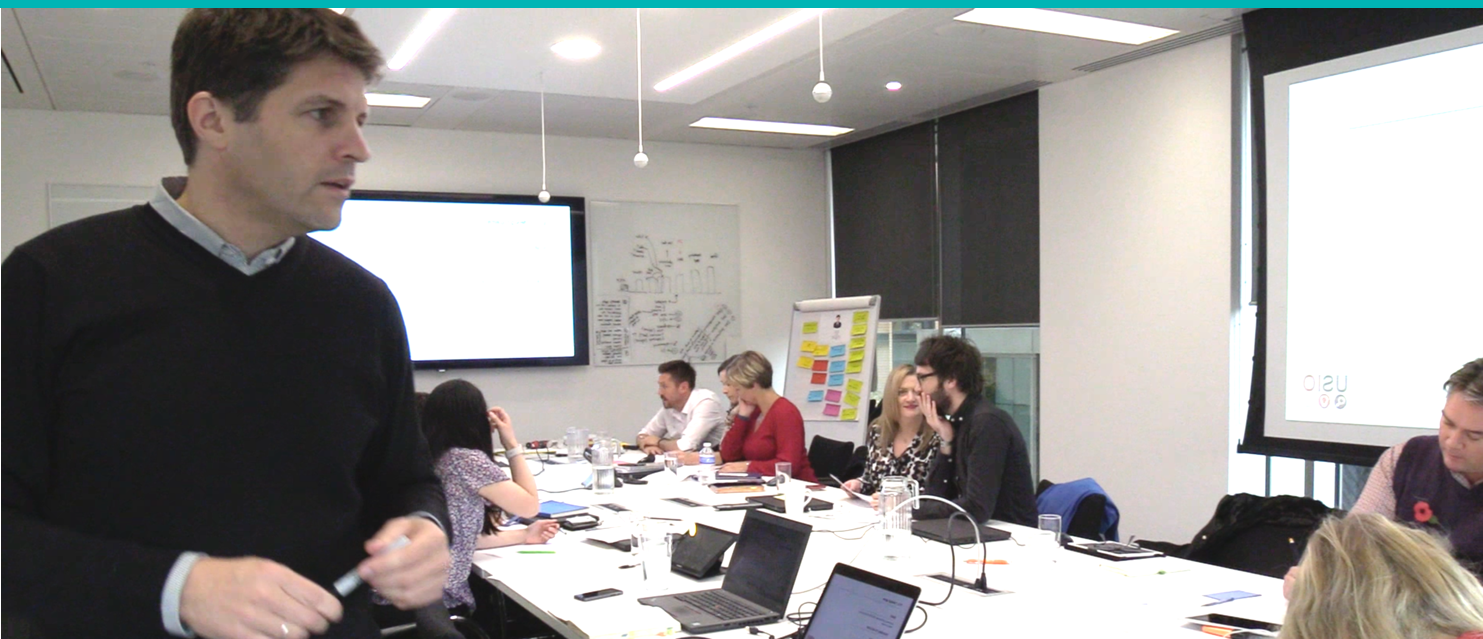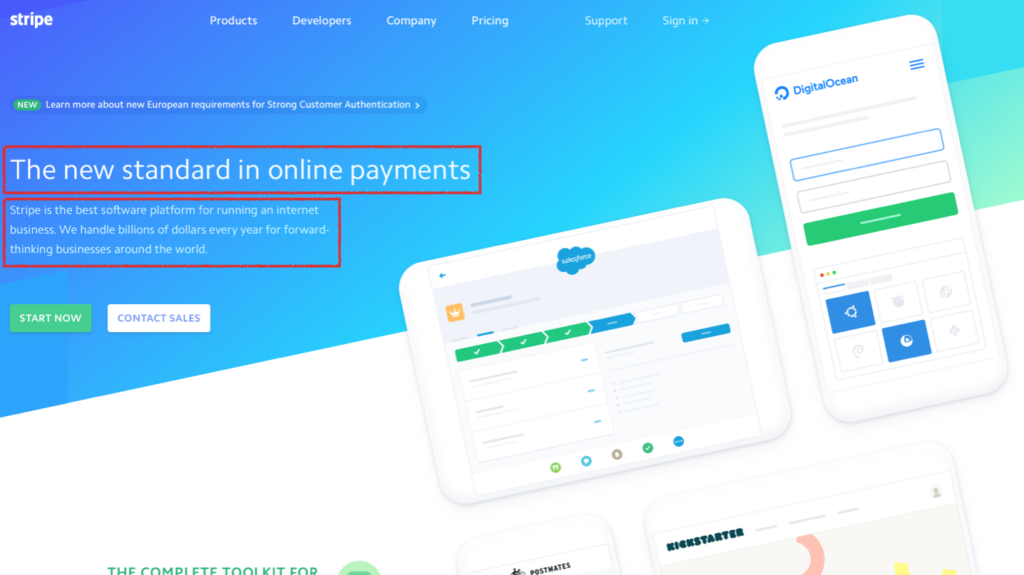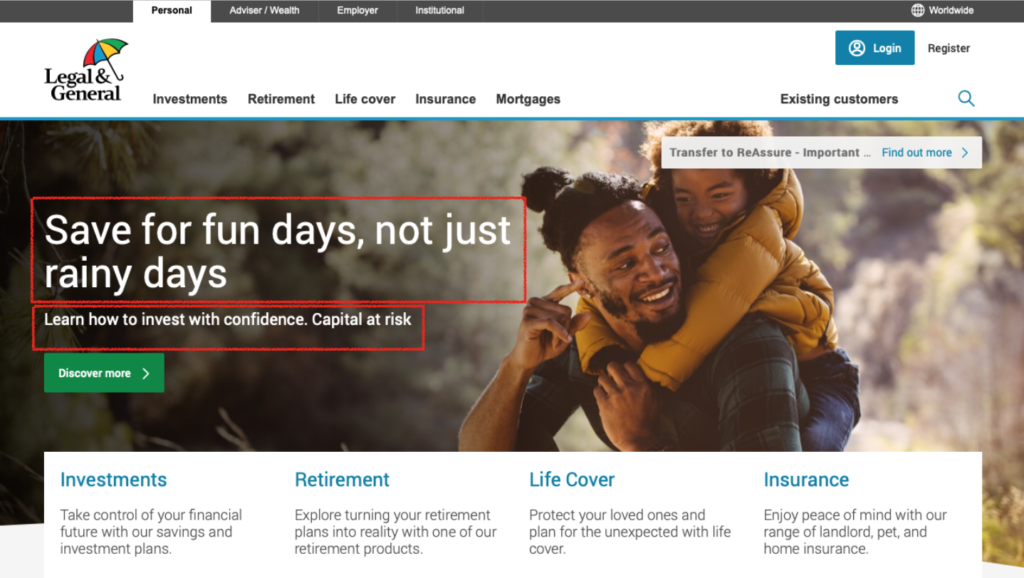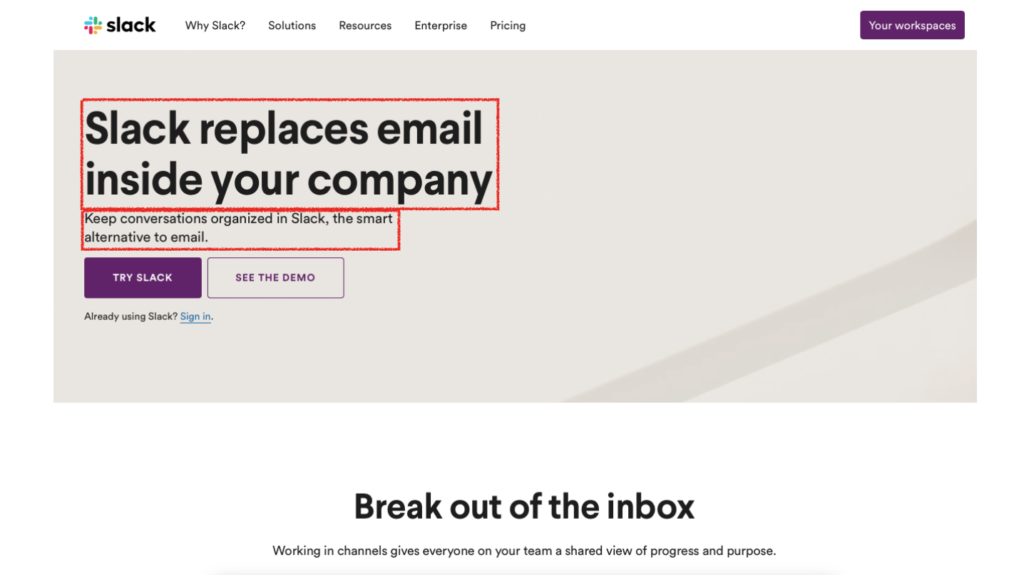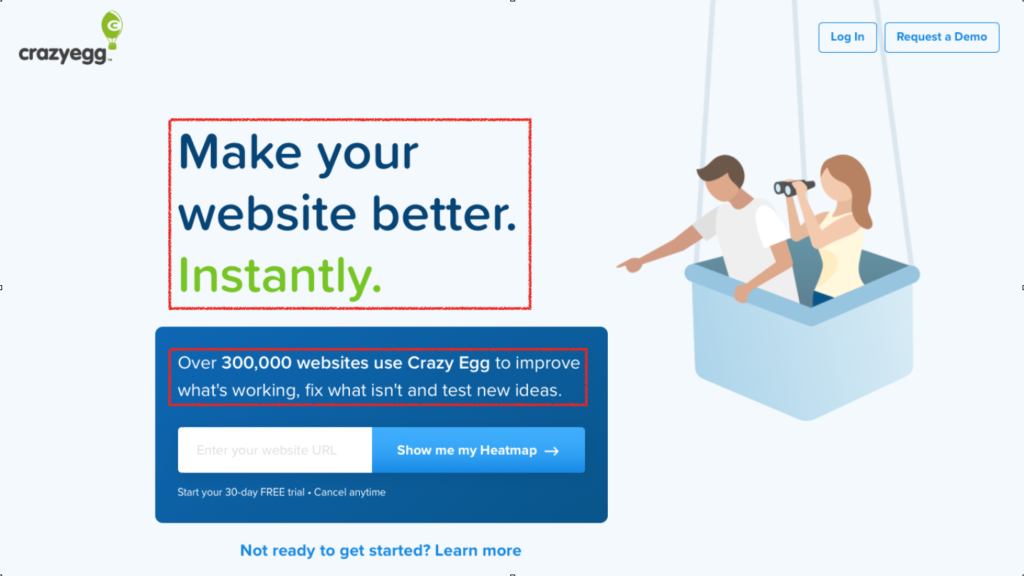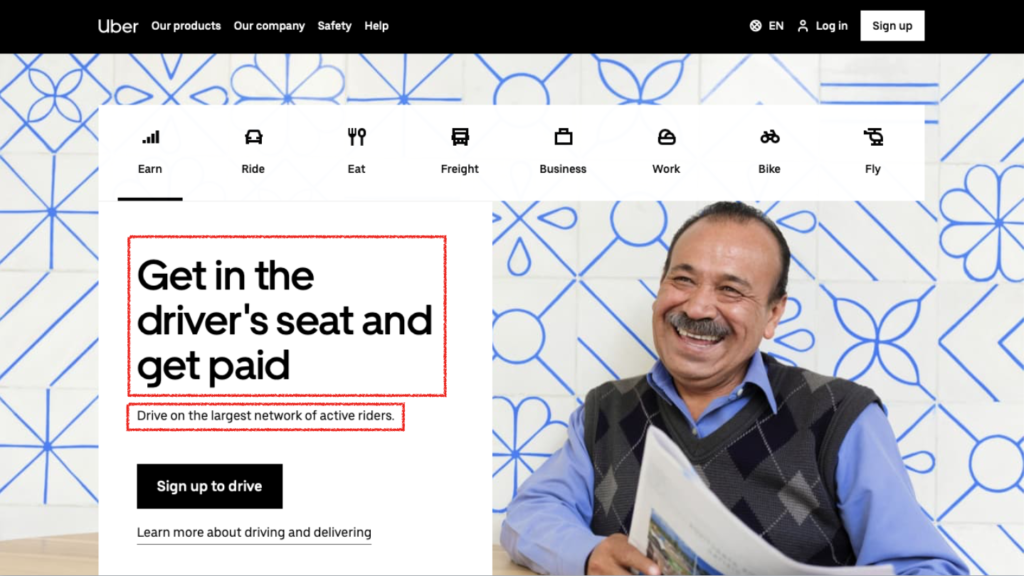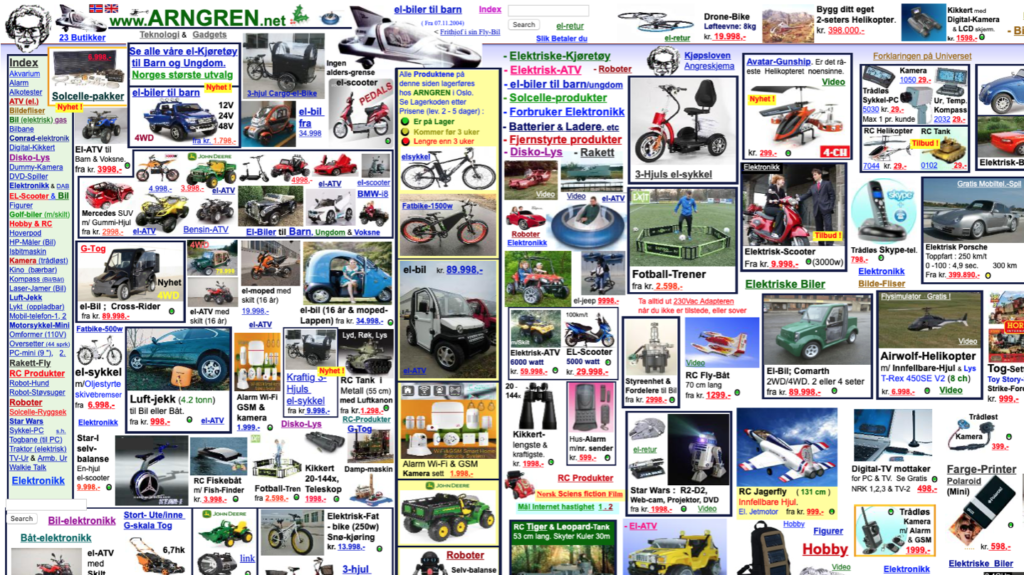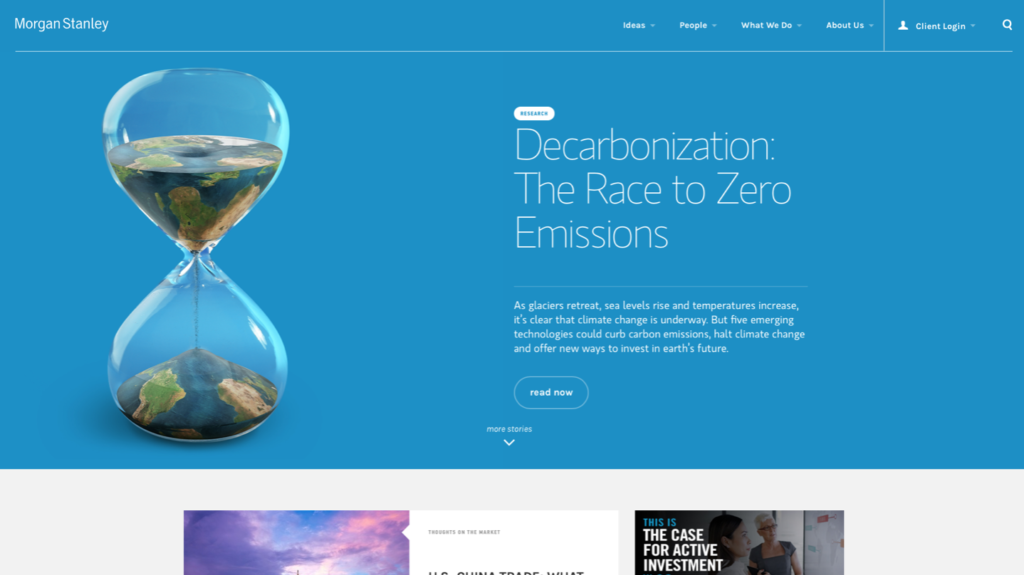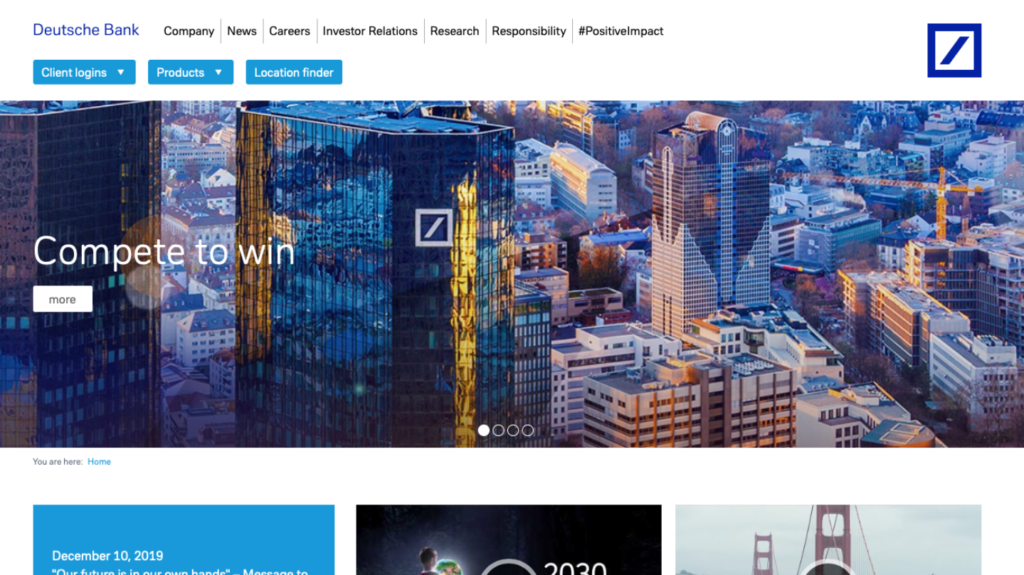Customer Personas or avatars

Whenever we design a digital product or service, we need to identify who our target audience is at the customer level. Finding outmore about them and understanding key pain points will mean that we can design a product or service exactly as they need it. This is a principle know as customer centred design.
A tried and tested way of starting the process is to create what are known as ‘Customer Personas’ or ‘Avatars’. These providea representation of the different user types and form a useful point of reference that you can use to develop all aspects of your proposition, from design to marketing messaging.
One type of user persona is going to have a different requirement to another and, depending on their attitudes, motivations, behaviours, pains, gains, we need to design our propositionaround what it is that they actually need at the time.
There’s a concept called moment of orientation, sometimes called ‘moo’.

Whenever someone arrives at a landing page, they have a number of question marks in their head that need answering, and it’s your job as a marketer to eliminate them.
They’re going to question things like, Where am I? What do you want me to do next? Where did they put this thing? Why have they called it that?If we can go through that list of question marks and tick them all off, then they will be much more likely to buy from you.
Whenever prospects have these question marks, it creates confusion and something called cognitive load,redicing the likelihood of them buying or completing a desired action.
In order to avoid these issues we take advantage of things like conventions, accepted ways of doing or designing pages. You should break pages into different areas so that people can scan content and make it really obvious what’s clickable and what isn’t.
Becoming laser targeted on what our end customer avatar wants will give you a quality outcome.
I would recommend you speak to your prospective customers using either telephone or face to face research. We do lots of customer interviews as want to understand in much more depth, what actually makes that customer tick. They have their own mental models, or perceptions of what something looks like or how something should behave based on their past experiences. Ifyou had never used an iPad before, your mental model of reading a book on an iPad will be different to someone that uses it regularly.

It is really important that when you do your customer research that you understand how users think, and how their different mental models that they have in their head, will affect how they use that product or service.
When undertaking customer research, you will want to understand everything from website analytics right through tocall centre data and read any previous research.We can sometimes turn that into something called asketch persona, a proto persona.

If you don’t already have much research, the sketch persona is a really good starting point for some further primary research. You can get expert stakeholders together from the organisation that know a lot about the product or service and use this as a way of defining who to speak to next.Many clients that I have dealt with, tend not to have a great deal of background customer research sogetting all of that useful information out ofstakeholders’ heads is essential.
Running this process as a quick workshop is the best way of efficiently getting everything you need. Use any room and put some giant post it notes on the wall with a new point created on each new note to build out your avatar or persona.
You could do this in your home office or virtually via a zoom call and tools like Miro enable you to run the same workshop online in an interactive way using their digital whiteboards.
If you have more budget, the best way of getting into customers’ heads is doing one on one research.

One to one research enables you to take customers through specific user journeys, and you can probe them, askingfor more information about their motivations for doing things.
You will want to understand attitudes, motivations, behaviours, the pains and frustrations that the avatar have, so you can get under the skin of that customer.

Whenever you’re designing your product, service or your training course, it is essential to design it around the needs of those users.
Your customer persona a really useful one-page summary of who your end customer is. I often print the avatars out as an A3 page and put them on the wall and use them as a point of reference for whenever I’m thinking about the digital products or services that I’m designing or developing.
It’s useful to add a picture and give the persona a name.Think about the age range that they might be and bring them to life.
Finally, you will be able to identify further research you need to find out about your customers.You can present your information to other stakeholders and generate genuine customer insight that you can use in different parts of your business. When you’re making design decisions, they are going to be user centred.


